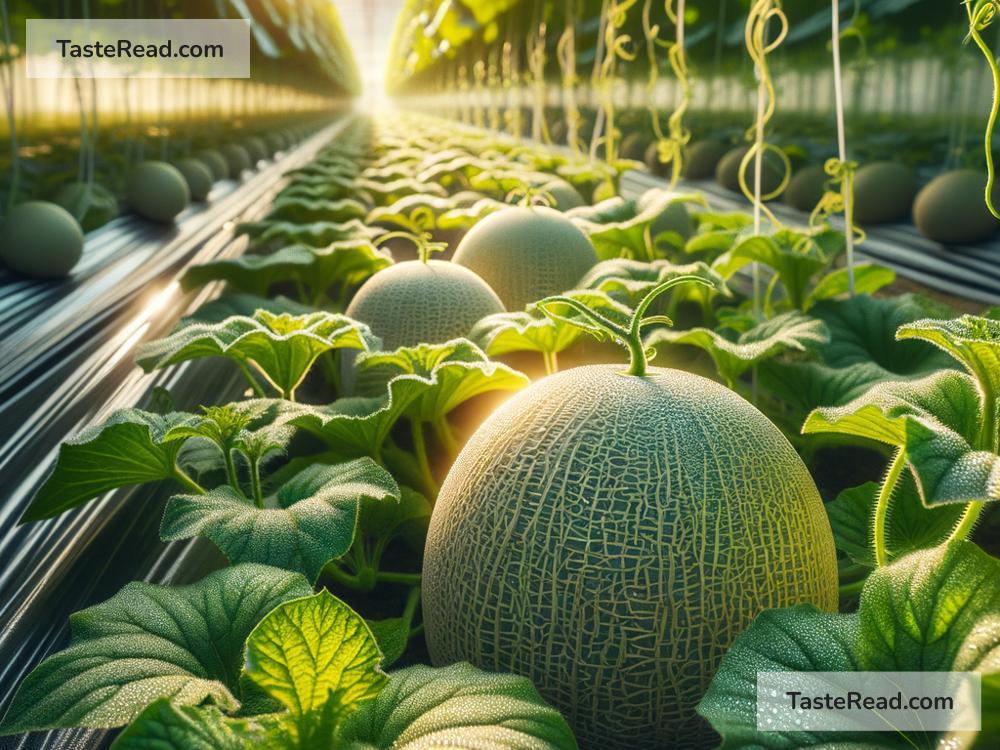The Fascinating Cultivation Techniques for Honeydew Melons
Honeydew melons are one of the sweetest and juiciest fruits you can find. Their bright green flesh and refreshing taste make them a favorite for salads, smoothies, and desserts. But have you ever wondered how these delicious melons are grown? Cultivating honeydew melons is both an art and a science. Farmers use some fascinating techniques to produce the perfect fruit. Let’s explore how honeydew melons are cultivated in simple terms.
Choosing the Right Variety
Before planting honeydew melons, farmers must decide which variety to grow. Honeydew comes in different types, including green-fleshed and orange-fleshed varieties. Each variety has its own taste, texture, and growing requirements. Farmers might choose based on the climate of their region, the soil type, or what consumers prefer in their area.
Preparing the Soil
Honeydew melons need healthy soil to grow. The first step is to prepare the land. Farmers plow the soil to loosen it and remove weeds or any leftover plant material. They often add organic matter, like compost or manure, to enrich the soil with nutrients. Honeydew melons thrive in soil that drains well and is slightly sandy, allowing their roots to grow easily.
Since these melons love sunlight, farmers usually select open, sunny fields to plant them. Honeydew melons grow best in warm and dry climates, so areas with plenty of sunshine produce the sweetest fruits.
Planting the Seeds
Honeydew melons are grown from seeds, but planting them requires precision. Farmers wait until the soil temperature is warm—usually above 70°F (21°C), as honeydew seeds won’t germinate in cold soil. They plant seeds in rows and leave enough space between each plant so the vines have room to spread out.
Many farmers use raised beds, which are slightly elevated mounds of soil, to grow honeydew melons. Raised beds improve drainage and keep the melons warmer, giving them a great start. Some farmers even cover their crops with plastic mulch to lock in warmth and moisture while preventing weeds from growing.
Irrigation: Watering Wisely
Honeydew melons need plenty of water to grow healthy vines and sweet fruit. However, they don’t like too much water, and soggy soil can rot their roots. That’s why farmers carefully control how much they water their plants.
Many farms use drip irrigation, a system that delivers water directly to the plant’s roots. Drip irrigation keeps the leaves dry, which helps prevent diseases. It also uses less water compared to traditional sprinklers, making it an environmentally friendly choice.
As the melons mature, farmers reduce watering slightly. Less water encourages the vines to concentrate their energy on making the fruit sweeter.
Supporting the Vines
Honeydew melon vines grow along the ground, but their fruit needs protection. When the melons rest on the soil, they can develop blemishes, bruises, or rot. To prevent this, some farmers place straw or small trays under each fruit as it grows. This keeps the melon off the wet ground and ensures it stays clean and round.
In some cases, farmers use trellises to grow honeydew melons vertically. Trellises are structures made of wood or wire that help support the vines. Growing up on a trellis keeps the fruit well-ventilated and reduces the risk of pests or diseases.
Protecting Plants from Pests and Diseases
Just like any crop, honeydew melons face threats from pests and diseases. Common pests include aphids, spider mites, and cucumber beetles, which can damage the plant or reduce fruit quality. Farmers often use natural pest control methods, like introducing beneficial insects such as ladybugs, which eat harmful pests.
Diseases, such as powdery mildew or bacterial wilt, can be a problem too. Farmers stay vigilant by regularly checking their plants for signs of trouble. They might rotate crops from season to season, plant disease-resistant varieties, or use organic sprays to keep plants healthy without harming the environment.
Knowing When to Harvest
Harvesting honeydew melons is an exciting part of the process. But how do farmers know when the fruit is ready to pick? Unlike other fruits, honeydew melons don’t ripen after they’re harvested, so timing is critical.
Farmers watch for a few key signs. First, the melon’s skin changes from green to a creamy yellow color. Second, the blossom end—the part opposite the stem—softens slightly. And finally, the melon gives off a sweet fragrance that signals it’s ripe.
Once ready, honeydew melons are carefully picked by hand to avoid bruising the delicate fruit. They are then packed and sent to markets so consumers like you can enjoy them fresh and delicious.
A Labor of Love
Growing honeydew melons is truly a labor of love. From preparing the soil to harvesting the fruit, every step requires dedication and care. Farmers use a blend of traditional techniques and modern technology to cultivate honeydew melons that are sweet, juicy, and full of flavor.
The next time you bite into a slice of honeydew melon, think about the fascinating journey it took to reach your plate. Behind every melon are hardworking farmers who ensure the fruit is grown with care. That’s something worth appreciating!
If you’ve never tried honeydew before, now is the perfect time to pick one up from your local grocery store or farmer’s market. And if you already love honeydew, you can enjoy it even more knowing the effort and skill that go into growing it. Truly, honeydew melons are a delicious gift from nature!


